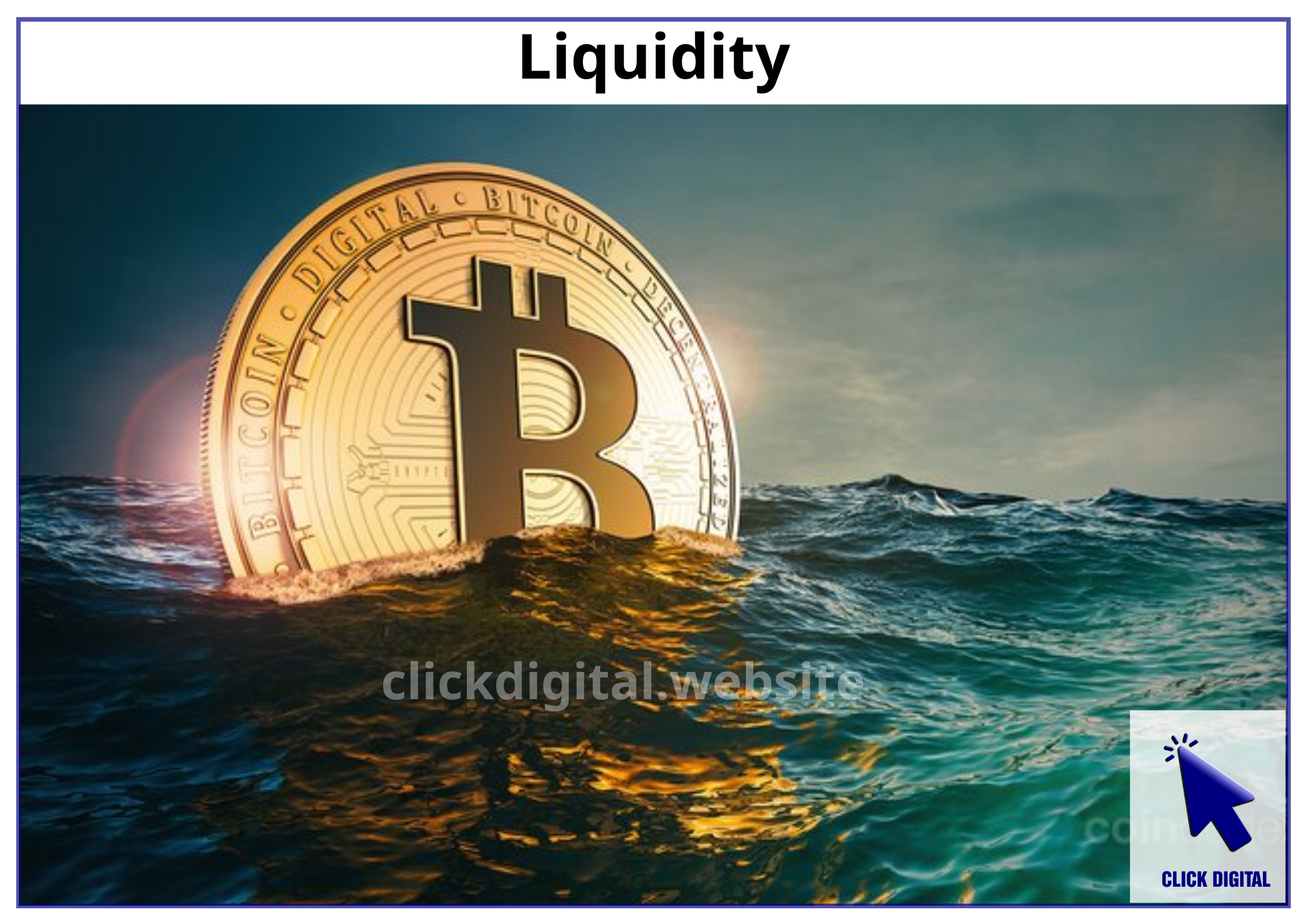Summary
The phase-out or reduction of incentives in liquidity mining programs serves as a critical test for DeFi projects, revealing whether liquidity pools can sustain themselves without external rewards. Some pools continue to thrive post-incentives, while others experience significant declines. This article explores various scenarios to provide a comprehensive understanding of the dynamics at play.
Table of Contents
Liquidity Mining: Effective Flywheel Strategy or Unsustainable Expense?
Liquidity mining has been a prevalent strategy in the DeFi space, offering rewards to users who provide liquidity to decentralized platforms. The primary objectives include:
- Enhancing Liquidity: Ensuring that trading pairs have sufficient liquidity for smooth transactions.
- Improving User Experience: Facilitating efficient and seamless trading experiences.
- Attracting New Users: Drawing in participants through lucrative incentives.
- Aiming for Post-Incentive Stability: Hoping that once users experience the platform, they will remain even after rewards diminish.
However, the reality often presents more complexities than anticipated.
Case Studies: The Impact of Incentive Reduction
Scenario 1: Smaller Pools Experiencing Unexpected Growth
Examples: WBTC/LINK, USDC/UNI, USDC/AAVE
In certain instances, smaller liquidity pools have witnessed substantial increases in trading volumes even after the cessation of incentives. Volumes have surged from a few thousand dollars per day to several hundred thousand dollars daily.
Potential Reasons:
- Initial Incentives Sparked Interest: The initial rewards attracted users to explore the platform.
- Compelling Product Experience: The platform’s inherent value and user experience encouraged users to stay.
This exemplifies the “flywheel effect,” where initial momentum leads to self-sustaining growth.
Scenario 2: Major Pools Facing Declines Post-Incentives
Example: USDC/USDT 0.01%
Conversely, some large pools have experienced sharp declines in trading volumes following the end of incentive programs, despite offering high liquidity and minimal fees.
Potential Reasons:
- Incentive-Driven Participation: Users were primarily motivated by rewards rather than genuine trading needs.
- Attractive Alternatives Elsewhere: Competing platforms offered more enticing incentives, leading to user migration.
In these cases, the absence of a self-sustaining growth mechanism becomes evident.
Potential Outcomes Following Incentive Reductions
| Situation | Description | Sustainability Post-Incentives |
|---|---|---|
| 1. Small Pools with Genuine Demand | Incentives introduced users to a useful product, leading to continued engagement. | High |
| 2. Pools Attracting Yield Chasers | Participants joined solely for high returns and exited once rewards ceased. | Very Low |
| 3. Pools with Regular Trading Activity (e.g., ETH/LST pairs) | Users engage due to inherent trading or staking needs. | Moderate to High, depending on user experience |
| 4. Pools Facing Intense Cross-Chain Competition | Incentive cuts coincide with aggressive rewards from other chains. | Low unless differentiated by other factors |
| 5. Stablecoin Pools with Low Margins but High Volume | Minimal margins make it challenging to sustain volumes without incentives. | Low, unless fees are exceptionally low |
Evaluating the Merit of Incentives
Advantages:
- Rapid Initiation: Quickly attracts liquidity and user participation.
- User Acquisition: Effectively draws in new participants.
- Positive Publicity: Can generate favorable media coverage and buzz.
Disadvantages:
- Financial Strain: Can be resource-intensive and financially draining.
- Attracting Short-Term Participants: May draw users who are only interested in temporary gains.
- Questionable Long-Term Viability: Without a solid long-term strategy, sustainability is uncertain.
Conclusion: Are Incentives a Catalyst or a Crutch?
Reducing or eliminating incentives serves as a pivotal evaluation for DeFi projects. Success in this phase indicates a platform’s intrinsic value, robust user experience, effective tokenomics, and a committed community. Failure may suggest reliance on superficial metrics bolstered by temporary rewards.
Notably, some projects are experimenting with gradual incentive reductions to identify a sustainable equilibrium. For instance, platforms like Click Digital are exploring innovative approaches to balance user acquisition costs with long-term value creation. This trend reflects a maturing industry seeking stability beyond initial growth hacks.

